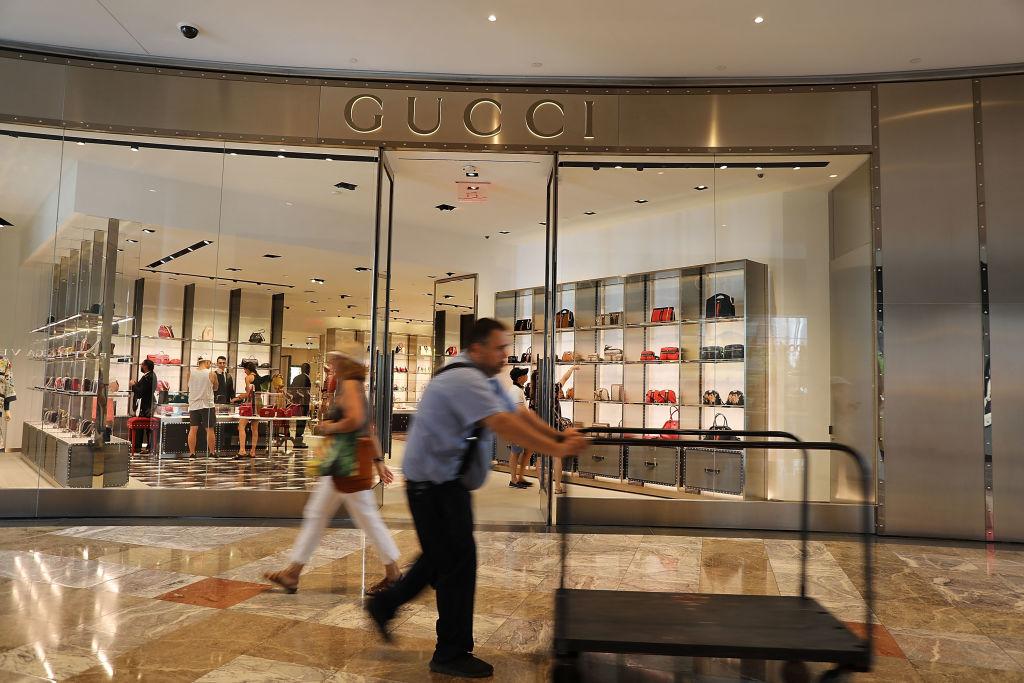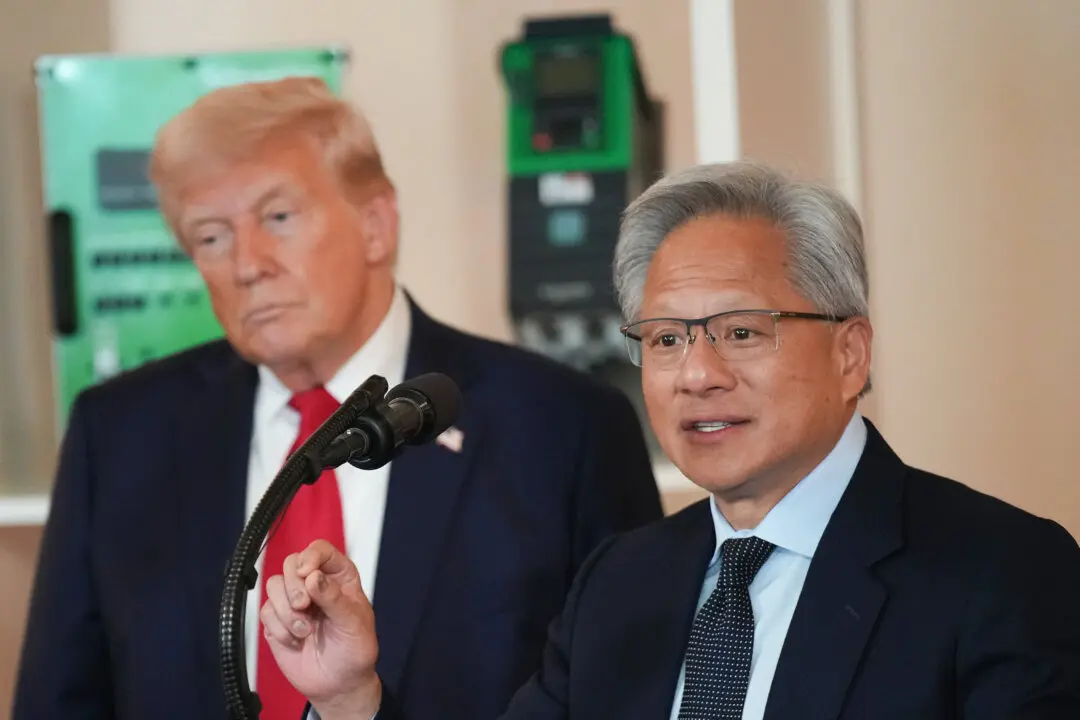WASHINGTON—Americans have saved a lot more money than government statistics previously reported. The personal saving rate was actually almost twice as high in 2017, thanks mainly to higher-than-expected employee compensation and dividend income.
The U.S. government revised the personal saving rate—saving as a percentage of disposable personal income—sharply up from 3.4 percent to 6.7 percent in the second-quarter gross domestic product (GDP) report released on July 27.





